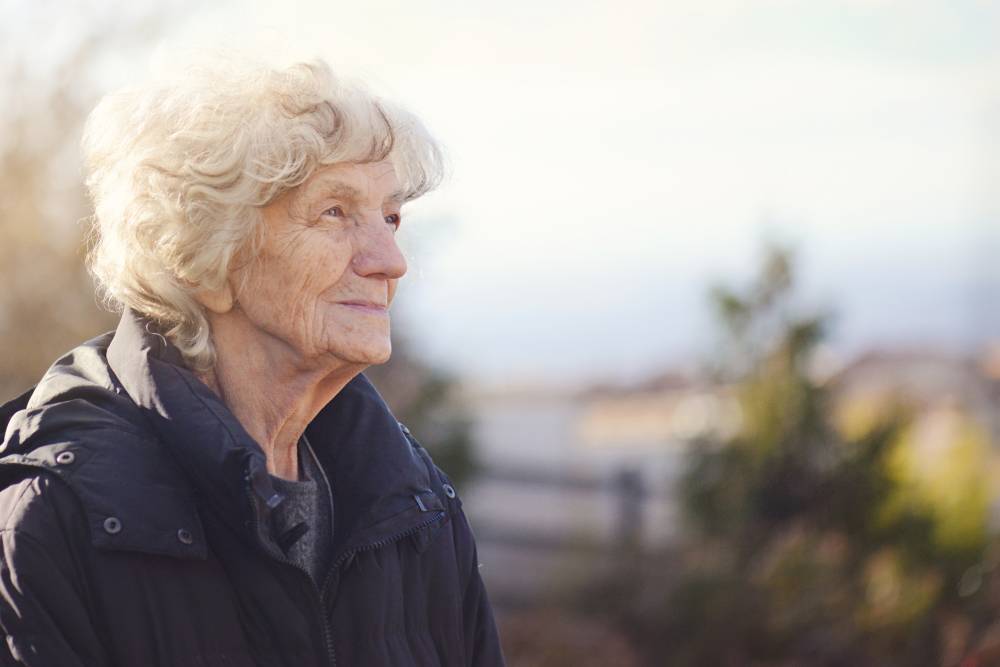
Amid revelations of elder abuse as part of the Royal Commission into Aged Care Quality and Safety last week, governments and agencies continue their efforts to stomp out malpractice and improve quality of life for all aged care recipients.
As part of these efforts, the Aged Care Quality & Safety Commission’s (ACQSC) new standards came into effect July 1, 2019, providing a framework for workers to deliver high quality, patient-centred care.
Ku-ring-gai Neighbourhood Center (KNC) Chief Executive, Michele Bell, supports the increased rigour, but is concerned about a potential clash between the “dignity of risk” principle and “duty of care” mandate.
Seeming tradeoff
“There is a complex balance required to establish dignity of risk and duty of care within the dyad of ACQSC and workplace health and safety (WHS) standards,” says Michele ahead of the Aged Care Reform Conference.
“The standards say that if a resident wants to do something – unless it is extraordinarily risky – we should facilitate that.
“But at this stage we don’t know how it will be viewed – from a duty of care perspective – if a resident incurs a significant negative outcome when exercising their dignity of risk rights.”
Non-discriminatory
In this regard, Michele believes the standards are “loosely drafted”, and don’t consider the varying levels of cognitive ability between aged care recipients.
“They are non-discriminatory and should be made in light of identified medical conditions and co-morbidities,” she says.
“When there is an identified loss of cognitive or executive functions, dignity of risk must be reviewed carefully as it may impair a resident’s ability to make appropriate decisions.
“The question is, how appropriate is it to oblige a request for an activity with risk, when someone’s ability to make risk assessments may be compromised?”
Grey area
Michele believes there may also be confusion – for both aged care workers and service providers – in terms of what constitutes an acceptable risk.
“While it is still early days for the new standards, we are finding that not all assessors seem to be in agreement about what the dignity of risk principle may mean in practice,” she says.
“For the standards to be objective, they need to be consistent. That means consensus between assessors and between jurisdictions.
“[Considering the standards are new] we are confident that, over time, this will become more clear, but in the mean-time, it does present a complication for aged care workers,” she advises.
Potential clash with EBP
A related concept is a potential mismatch between the standards and evidence-based practice (EBP).
“If a patient wants to wear footwear which may compromise their grip or stability, the dignity of risk principle states that we must let them. But the falls literature (unsurprisingly) tells us that safe footwear is a must,” says Michele.
These competing priorities present a major challenge for a sector in which falls prevention is currently a key priority. Studies show that in some parts of the country, someone dies every 26 minutes, or is admitted to hospital every 20 minutes, as a result of a fall-related injury.
Efforts to keep falls within the accepted threshold may be compromised by the new standards, Michele argues.
“I believe this could present even more of a challenge in community aged care, which lacks a controlled environment,” she adds.
Further issues with practical implementation
As well as the confusion surrounding dignity of risk and duty of care, some experts are concerned about the introduction of “anti-microbial stewardship” guidelines within aged care facilities.
These appear to be modelled from similar guidelines that have long-existed within hospitals – but adapted to the aged care sector.
Unlike hospitals, however, the majority of care homes do not employ their doctors. Rather, it is a private relationship between the resident and his or her General Practitioner.
Under the guidelines, homes are expected to have influence over the doctor’s prescribing practice in relation to antibiotics, which some have said may be unfeasible.
New requirements surrounding open disclosure in aged care – which are broader than those required in public hospitals – are also proving difficult.
In the Victoria public hospital system open disclosure is a necessary response to an adverse event that results in harm to the patient. But within the new ACQSC standards, the requirement for open disclosure also includes “near misses”.
In addition, when the open disclosure concept was introduced into Victorian public hospitals, the Department of Health provided an online education tool for doctors and nurses on this topic; but an equivalent does not currently exist for aged care.
This means that the sector must develop its own training packages, which some have suggested may place too much of a strain on resources.
Patient versus staff rights
Michele is concerned that a potential conflict between standards may make an already challenging profession even more difficult.
“A lot of care is taken to protect the rights of vulnerable people, i.e. the patients and residents, as it absolutely should be. But often it feels like workers’ needs are not held in the same regard,” she says.
Michele concludes by saying that the development and introduction of new standards are certainly a positive to assisting consumer-directed care, but believes an evaluation of issues relating to practical implementation may be required.
Michele will appear on a panel at the Aged Care Reform Conference, alongside representatives from Mercy Health, Anglican Care and the Alfred.
Federal Secretary from the Nursing & Midwifery Federation, Annie Butler, and the Independent Commissioner Against Corruption, the Honourable Bruce Lander QC are also due to present.
By Amy Sarcevic, Informa.